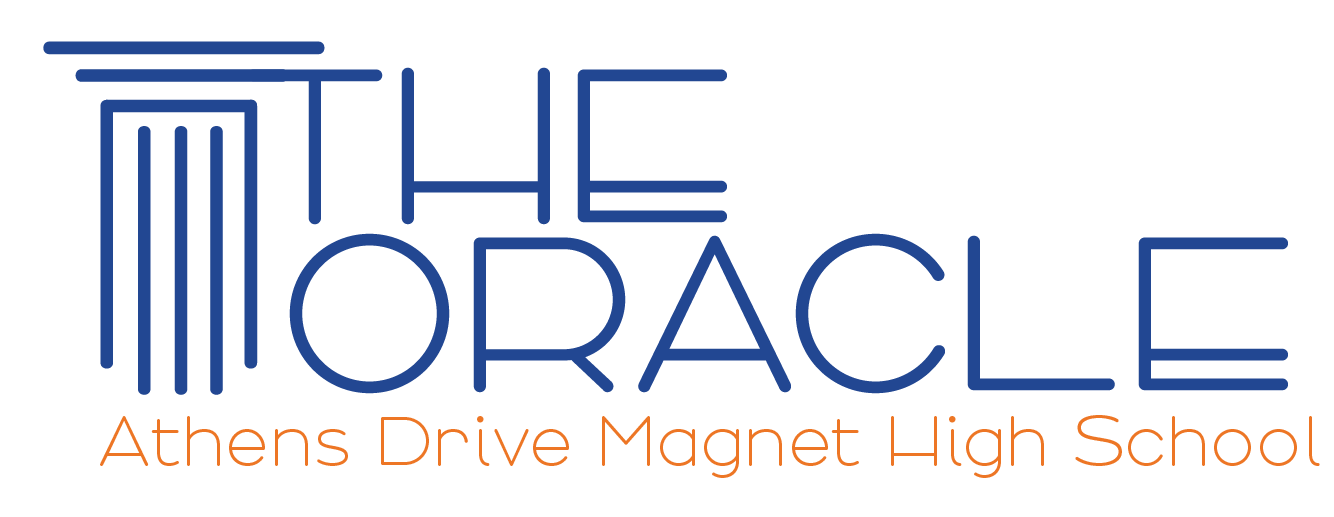 Though animal testing is riddled with moral quandaries and is viewed by many with grudging ambivalence, the practice is responsible for many medical breakthroughs and is absolutely essential to scientific progress.
Though animal testing is riddled with moral quandaries and is viewed by many with grudging ambivalence, the practice is responsible for many medical breakthroughs and is absolutely essential to scientific progress.
While many are in favor of the pursuit of knowledge, no sane and stable individual delights in the suffering of animals, hence the ambivalence. Those gifted with a sense of pragmatism, however, can accept animal testing as permissible, since its results tend to outweigh the cost substantially due to the medical treatments that result from it. These medical treatments, in many cases, either save or greatly improve the quality of human lives, since animals are similar enough to humans to make applicable the data acquired through animal testing.
For example, smallpox has been completely eradicated due to research involving animals. Animal research has also made possible the development of asthma inhalers and use of insulin to treat type 1 diabetes, as well as modern vaccines such as those against polio, tuberculosis, meningitis and, recently, the human papillomavirus (HPV). Cancer research, made possible by animal testing, has caused cancer survival rates to increase continuously, and although penicillin was discovered without using animal testing, the discovery of how it could be utilized was made only after it was tested it on mice. Addiction studies in mice lead to the discovery that there is a genetic component to addiction. Scientists hope that the continuation of these studies in mice, which they selectively breed for addiction traits, will lead to the discovery of homologous genes in humans that can render a person more or less susceptible to addiction.
Most paradoxically, studies involving animals have also been performed in order to aid animal conservation efforts, thus benefiting animals in the long run. In one well known study, for example, coyotes were coaxed into eating sheep carcasses laced with a sickening poison. The coyotes developed an aversion to sheep meat as a result. This proved that humane ways for controlling predators and agricultural pests do exist. In this particular instance, sheep were saved from the jaws of the coyotes, and the coyotes were saved from ranchers and farmers who became less determined to eradicate coyotes now that their livestock were no longer being threatened by their very presence.
In further defense of animal testing, not only does much good result from the research it obtains, but it may not cause animals as much pain as one might first assume. According to information published on a website called statisticbrain, only six percent of animals on which tests are performed experience pain -usually only in the case of studies in which the use of anesthesia would compromise data- while 61 percent experience no pain at all.
Moreover, while those who are against animal testing often argue that animal testing has been rendered unnecessary because there are methods of simulating the tests performed on animals without the use of live animals, simulation is not an effective substitute for animal testing across the board.
The Animal Welfare Act, which was first signed into law in 1966, regulates animal testing in the United States in order to attempt to ensure that it is practiced as humanely as possible; however, the law does indeed allow for animal testing to occur if it can be argued that a procedure is scientifically justified. This implies that animal testing has been deemed in the eyes of scientists and the eyes of the law alike as a warranted practice.
Opponents of animal testing should not focus on the minimal harm the practice does to animals, but rather on the far reaching benefits it provides, since the end justifies the means.











